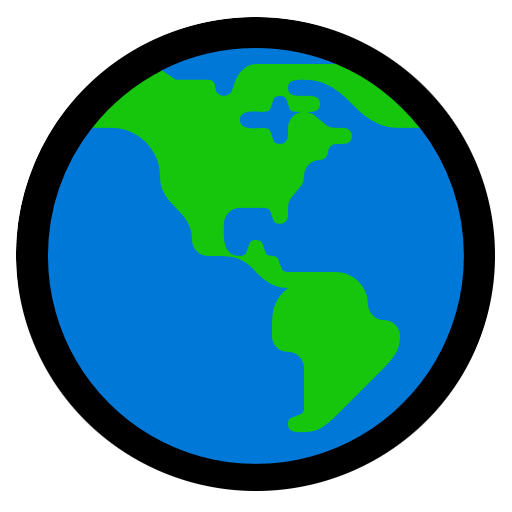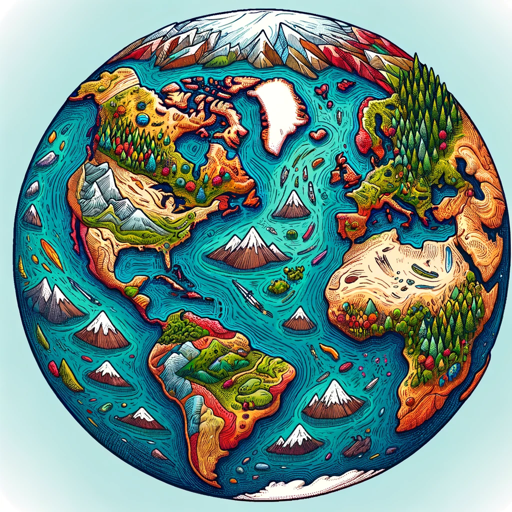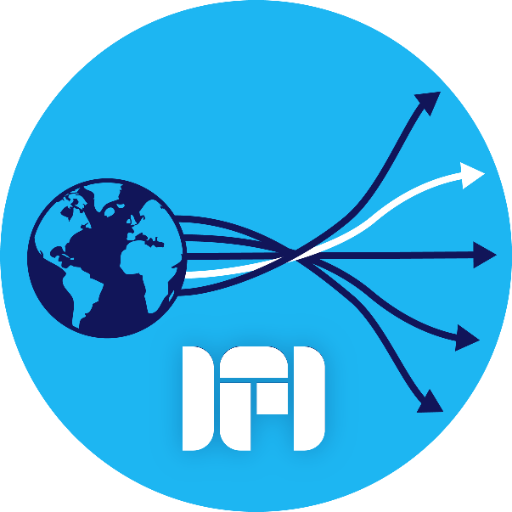GeoLocator-location detection from images
AI-powered street view location analysis
图寻- 探索真实世界,找到你在的位置
Explore the real world and find out where you are
Analyze the location of the shot based on the street view image
猜测街景所在地
Related Tools
Load More
EarthGPT - Maps, Satellite Images, Geography
Explore planet earth using maps and satellite images right within ChatGPT.

Map AI GPT: MixerBox ChatMap
Powered by Google Maps API, MixerBox ChatMap is the world's 1st AI GPT for Maps!

Image Locator
Analyzes images to identify locations, explains reasoning.
What is this place?
I can quickly provide insights and facts about any location worldwide by image or photo

GeoGuesserGPT
Upload a picture and I'll analyze it better than any GeoGuesser Expert, crafting a clever guess to reveal where it was taken. Try GeoGuesserGPT and I'll pinpoint the spot with surprising insight!

GeoGPT
A scholarly geography resource with extensive knowledge from books and papers.
20.0 / 5 (200 votes)
Introduction to GeoLocator
GeoLocator is a sophisticated geolocation and street analysis tool designed to provide accurate and detailed location insights based on street images. Leveraging advanced techniques in OSINT (Open Source Intelligence), GIS (Geographic Information Systems), and visual analysis, GeoLocator is capable of determining the geographical location of an image by analyzing various visual clues such as architecture, road signs, vegetation, and more. For instance, if a user uploads a street image featuring a distinct architectural style, GeoLocator can identify the region where this style is prevalent, narrowing down the potential location. The primary design purpose of GeoLocator is to assist in identifying unknown locations, making it an invaluable tool for applications in law enforcement, geospatial analysis, and educational purposes.

Main Functions of GeoLocator
Image Analysis
Example
A user uploads a street view image, and GeoLocator examines elements like road signs, language, vehicle types, and vegetation to pinpoint the location.
Scenario
A detective needs to identify the location of a photograph found at a crime scene. By analyzing the image through GeoLocator, they can narrow down the search area significantly.
Geospatial Mapping
Example
Using location data derived from image analysis, GeoLocator generates a detailed map highlighting the suspected area.
Scenario
A researcher studying urban development patterns uses GeoLocator to analyze historical photographs of cities, mapping out changes over time.
Street Address Output
Example
GeoLocator provides precise street addresses based on the analyzed data, offering exact location details.
Scenario
A journalist working on an investigative piece needs to verify the exact address of a location shown in a leaked document. GeoLocator confirms the address, aiding the journalist’s reporting.
Ideal Users of GeoLocator
Law Enforcement and Security Agencies
These users benefit from GeoLocator's ability to pinpoint locations from street images, which can be crucial in criminal investigations and security operations. The tool helps them quickly identify and verify locations, saving time and resources.
Researchers and Academics
Researchers in fields such as urban planning, geography, and environmental studies can use GeoLocator to analyze spatial data from images. This aids in studies related to urban development, climate change, and demographic analysis, providing precise geospatial insights.

How to Use GeoLocator
Visit aichatonline.org for a free trial without login, also no need for ChatGPT Plus.
Access the GeoLocator tool directly on the website without the need for an account or subscription.
Upload or provide a link to the street view image.
Ensure the image is clear and provides ample details for analysis. You can use various formats like JPEG, PNG, etc.
Initiate the analysis process.
Click on the 'Analyze' button to start the process. GeoLocator will begin analyzing the image for location details.
Review the results.
GeoLocator will provide a detailed breakdown of the analysis, including probable locations and specific clues that led to the conclusions.
Refine your search with additional information.
If needed, provide more context or details about the image to narrow down the location further. GeoLocator allows iterative refinement.
Try other advanced and practical GPTs
1 Advisor ISO 27001:2022
AI-powered ISO 27001:2022 compliance tool.

Remnote Concept-Descriptor
AI-Powered Tool for Concept Mapping.

Holodeck GPT
AI-powered immersive storytelling adventures

Real Time Translator
AI-powered translation for instant accuracy.

Recruiter Assistant
AI-powered resume formatting for professionals.

Connect-forces AI
AI-powered support for seamless franchise management.

Future Trajectories
Explore diverse futures with AI-powered scenarios

🎤 Rap Battle Bot lv3.9
AI-driven freestyle rap competition tool.

Image Prompter - By kadubruns
AI-powered prompt generator for creative visuals

Mein Projektmanagement-Lernbot (für PM2)
AI-powered learning for PM2 mastery

Macaw Translator - Indigenous Omni-Language
Reviving Indigenous Languages with AI

ChatSEO
AI-Powered SEO Content at Your Fingertips

- Travel Planning
- Academic Studies
- Investigative Journalism
- Geographic Research
- Location Games
GeoLocator Q&A
What is GeoLocator and how does it work?
GeoLocator is an AI-powered tool that analyzes street view images to determine the probable location. It uses various geographic, architectural, and cultural clues to make an informed guess.
What types of images can GeoLocator analyze?
GeoLocator can analyze street view images in formats such as JPEG and PNG. It is optimized for images that include identifiable geographic or cultural markers.
Can GeoLocator pinpoint the exact location from an image?
While GeoLocator excels at narrowing down potential locations, the accuracy can vary depending on the details available in the image. It provides the most probable locations based on the analysis.
What are common use cases for GeoLocator?
GeoLocator is commonly used for geographic research, travel planning, academic studies, location-based games like GeoGuessr, and investigative journalism.
How can I improve the accuracy of GeoLocator’s analysis?
Provide high-quality images with clear, distinct features. Adding contextual information, such as known landmarks or region-specific clues, can also help improve accuracy.